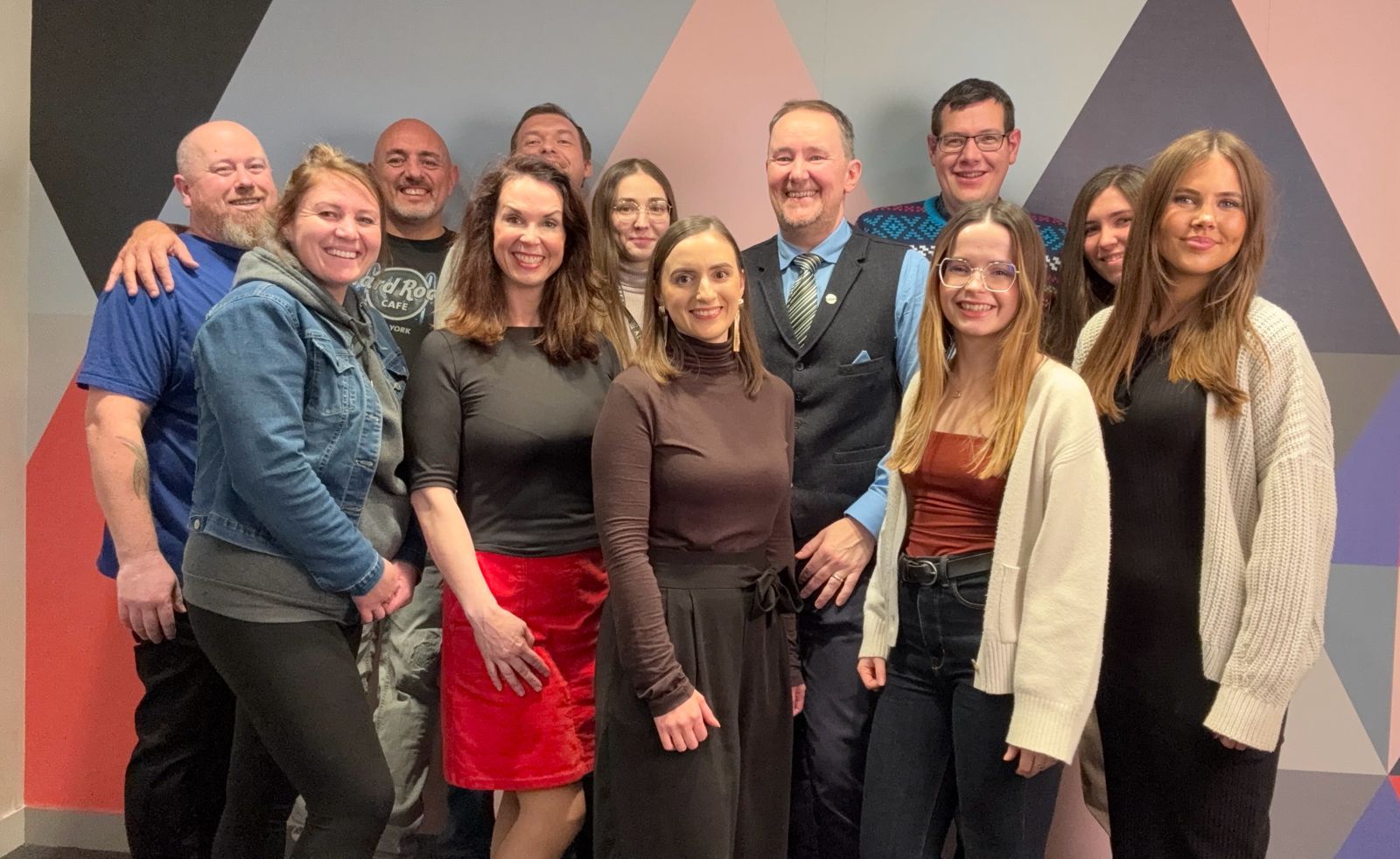AI Marketing Myths, Truths & How To Win
In this article, we explore three myths surrounding AI in marketing and uncover the truths that marketers should embrace to stay ahead of the competition.
AI is Everywhere
AI has become a daily presence. It's in our inboxes, powering our search results, running websites, and even generating images and written content. The shift is happening so fast. According to a new McKinsey report, businesses are set to invest more in generative AI tools.
“Over the next three years, 92 percent of companies plan to increase their AI investments."
Source: McKinsey, 2025
AI is becoming as common in usage as the internet itself. It is no longer about whether your business should use AI; it’s about how you use it smartly.
Myth: AI Will Take All Our Jobs
“Investment bank Goldman Sachs estimates that 300 million jobs could be lost or diminished in the United States and Europe by this fast-growing technology. Lower-wage occupations, such as customer service representatives and administrative, retail, warehouse and restaurant positions, are particularly vulnerable to automation due to the repetitive and routine nature of these roles.”
Source: Forbes, 2024
Stats like these from Goldman Sachs are starting to ring alarm bells for many, especially those in lower-level marketing or administrative roles. But….
Truth: AI Will Create as Many Jobs As It Takes
AI will replace basic functions at work but not human creativity, empathy, and nuance. A recent McKinsey report claims staff will drive the AI transformation.
“Employees will be the ones to make their organisations AI powerhouses. They are more ready to embrace AI in the workplace than business leaders imagine.”
Source: Mckinsey, 2025
According to the World Economic Forum in 2020, AI would displace 85 million jobs by 2025 but create 97 million new ones, many of which will be more engaging and meaningful. Therefore, AI is part of a whole scale transition of labour and skills.
Our forefathers must have felt much the same way with the Industrial Revolution and machines replacing many jobs, but new skills and jobs were being created as a result of mechanisation.
“The workforce is automating faster than expected, displacing 85 million jobs in next five years…The robot revolution will create 97 million new jobs, but communities most at risk from disruption will need support from businesses and governments.”
Source:
World Economic Forum, Oct 2020
Myth: AI Makes Everything Easier
While AI can generate marketing content quickly, it doesn’t mean the content will be good, accurate, or relevant.
In fact, marketers who blindly publish AI-generated text without editing it to align with their brand voice and target audience are liable to be down-ranked by Google.
Google's Senior Search Analyst John Mueller stated at Search Central Live in Madrid that quality raters are being instructed to flag pages with main content generated by automated or AI tools as the lowest quality.
“The Lowest rating applies if all or almost all of the MC on the page (including text, images, audio, videos, etc) is copied, paraphrased, embedded, auto or AI-generated, or reposted from other sources with little to no effort, little to no originality, and little to no added value for visitors to the website. ”
Source:
Searchengineland.com, April 5th, 2025
AI is therefore a starting point, and not the finished product. It gives you rough draft content to edit and improve.
Truth: AI Saves Time
AI’s speed is its core strength. Content that used to take hours e.g. newsletters, blogs, product descriptions, social media posts, or landing pages, can now be drafted in seconds. That means more time for creative thinking and empathy in your marketing.
Also, AI is not just about saving time for written and visual content. It is also helping businesses with their SEO, data analytics, campaign management and much more as this Forbes quotation illustrates.
“AI is much broader than what you read in the news. The technology provides advantages in a myriad of marketing functions, including data insights, personalisation, campaign optimisation, SEO, idea generation, and short-form content,”
Source: Forbes, 2024
AI can certainly handle repetitive tasks. That allows you to focus more on storytelling, strategy, and creative problem-solving.
Myth: AI Is a One-Size-Fits-All Tool
AI tools are diverse in their applications for your business, but they’re not universal, one-size-fits-all solutions. What works for a SaaS business might be inappropriate for a wellness brand. The target audiences are totally different with different expectations and needs.
Every company has a unique tone of voice, target audience, and mission. Therefore, prompts for your AI tools like ChatGPT need to be tailored to your sectors and niches.
Truth: Human Editing & Emotion Make a Difference
You still have to research your Customer Avatar Profiles or Personas and tailor your marketing content to target audiences. Successful marketing is about combining AI tools with human editing and experience, as Kevin Mitch illustrates below.
“AI must be tailored to fit specific business goals and contexts. What works for one industry or company might not be effective for another. It’s essential to have a clear strategy, identify the areas where AI can add value, and choose the right AI tools accordingly.”
Source:
Kevin Mitch Group, 18th Nov 2024
AI tools can help generate ideas, but they can't replicate the emotion, intuition, or lived experience that makes content truly engaging. To connect with audiences, human editing is essential for adding authenticity, humour, and personal insights.
“Human editors bring context, creativity, and empathy to AI-generated content, transforming it from preliminary, information-giving drafts into polished pieces that engage readers.”
Source: New York Weekly, Nov 2024
The human touch still wins hearts. Use AI to build the framework. Then personalise. Add meaning. Tell a real story.
How to Win With AI
Here are a few tips to remember when using AI:
Use AI for drafts, not decisions. Let it help you brainstorm and structure, but you own the final message.
Avoid the SLOP trap. Don’t hit publish without reviewing and editing it to a more natural human voice. If it sounds like a bot wrote it, your audience will move on.
Tell stories only you can tell. AI doesn’t know your client’s reaction, your backstory, or why your work matters. You do.
Stay curious, but stay grounded. New tools are great, but your strategy still matters more than the tech.
Balance speed with substance. Fast content is useless if no one reads it or remembers it and Google will downrank content if it AI generated with little or human editing to make it authentic and original.
The Final Word
AI is not the enemy of business. In fact, it is a powerful tool for your business to be used with skill, purpose, and personality.
The future of marketing isn’t robots replacing writers and graphic designers. It’s human marketers who know how to work with machines without sounding like one.
As Sharma said,
“The future of marketing belongs to those who can harness the power of AI to create truly exceptional experiences.”
Source:
Forbes, 2024





